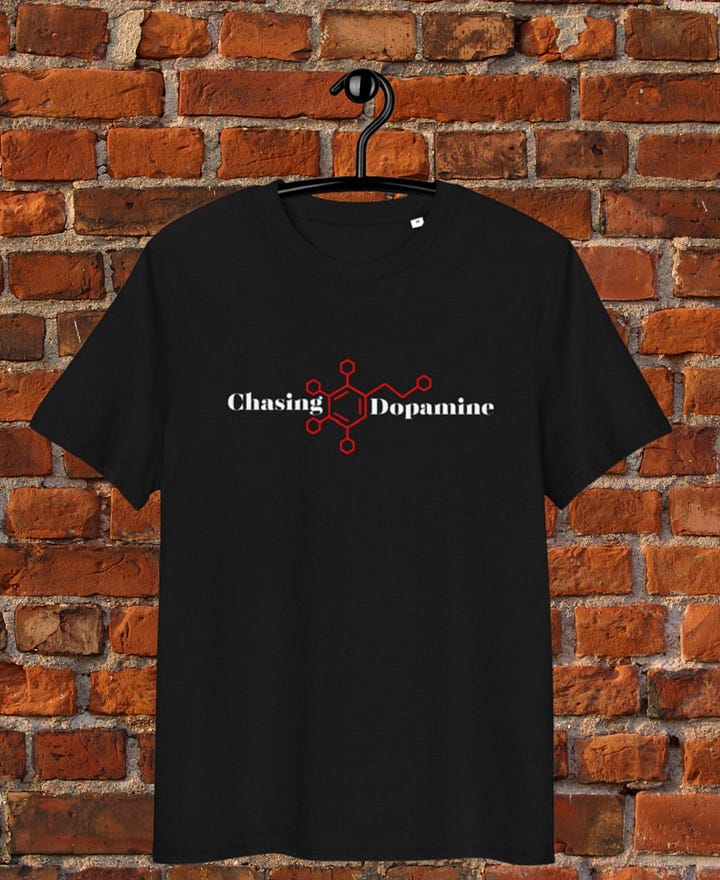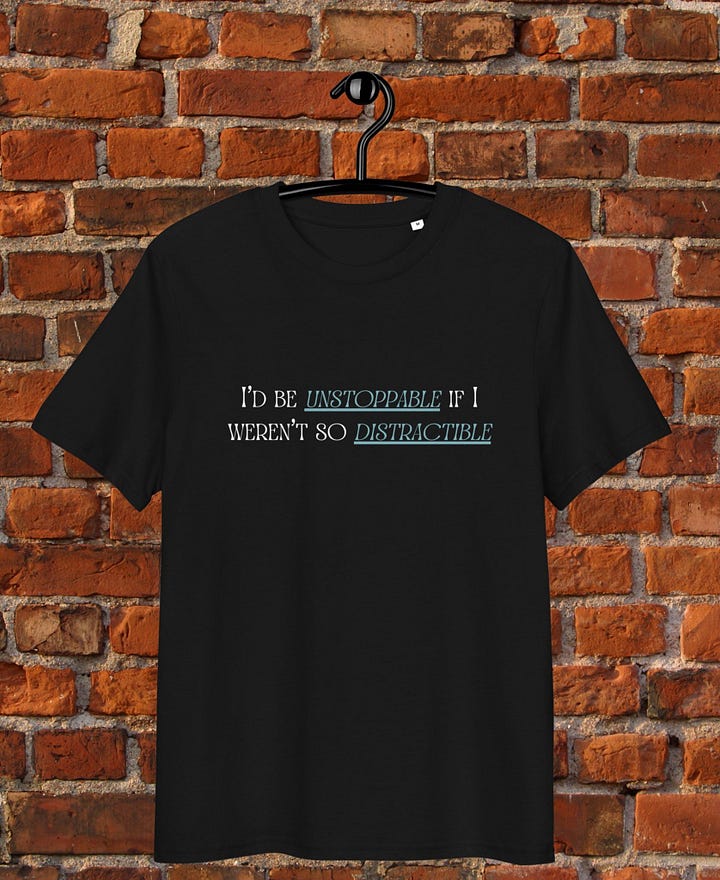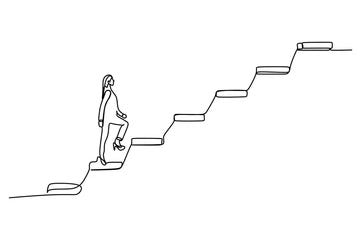In many environments there’s an unspoken rule that life moves in straight lines: Do this, then that. Step one leads to step two. Efficiency reigns supreme.
But for many neurodivergent people, this tidy architecture can feel like trying to cross a bridge made of fog. You know there’s something underfoot, but every step is uncertain.
Even something like a “First, Next, Then” support tool which is well-meaning, visual, simple, can miss the mark if it ignores what happens between the steps, because moving from one task to the next isn’t just about knowing what’s next. It’s about managing transitions, regulating energy and the nervous system, processing internal and external input and sometimes grieving the loss of what just came before.
Some people need extra time between steps.
Some need fewer steps altogether.
Some don’t move in steps at all, but in spirals, looping, revisiting, revising as they go.
And some don’t see sequences, but constellations like scattered ideas, linked by their own internal logic.
The pressure to be linear
There’s a lot of spoken and unspoken pressure to move through the world in a straight line. Start here. Finish there. No detours. No delays. Bonus points if you make it look effortless. I feel exhausted just writing this!
Stray too long on step one and you're falling behind. Skip a step and you're non-compliant. Jump ahead to step four because that part makes sense to your brain? You’re not following instructions.
This pressure doesn’t just affect how others treat neurodivergent people in different environments, it quietly shapes how we come to see ourselves.
As behind.
As chaotic.
As somehow wrong for not fitting the process instead of asking whether the process fits us.
When sequences overwhelm or fail to exist
📍 For some of us, sequences feel overwhelming. A five-step task isn’t just five things, more like five entirely separate energy drains.
Each one might require initiation, decision-making, motor planning, emotional regulation and a quiet internal pep talk just to get moving.
Executive function is trying to manage the mental traffic jam that often happens before the thing even begins.
📍 For others, sequences are essential, but only the ones we create ourselves.
I know neurodivergent adults and young people who rely on mental scripts or repeatable routines because those structures offer a kind of self-authored safety.
It’s not as much about control as it is about self-care. And sometimes, refusing the given sequence is a powerful act of autonomy and agency.
Who says you have to do it that way?
Why must we start with the boring bit when the exciting part is practically writing itself in our head?
Maybe it makes more sense to start at the end and work backward. Maybe the drawing should come before the written summary.
Who exactly benefits from the “right” order, anyway?
So before enforcing a sequence, it’s worth asking..
Is this sequence necessary? Who designed it? Is it working for them or is it just easier for us?
SENDwise Hub is a reader-supported publication. To receive new posts and support my work, consider becoming a free or paid subscriber.
What meaningful support looks like
Loosening the grip on what the “right steps” are.
Letting someone rearrange steps in a way that suits their flow.
Skipping steps that only exist to serve a rigid system and hold no real purpose.
Adding pause points.
Valuing nonlinear progress instead of pathologising it.
Trusting a person’s internal process, even if it doesn’t follow the template.
Sometimes, the best thing we can do is hand over the blueprint and say: “Build it your way”, even if it looks unfamiliar to us or if it starts with step four and loops back to step one.
Sequences aren’t neutral
It’s tempting to treat sequences as objective, as facts, as just the way things are done.
But sequences are cultural. Social. Institutional. Sometimes colonial.
They reflect power: who gets to define the “normal” process, the expected timeline, the acceptable way forward.
When a neurodivergent person struggles with sequences, the issue isn’t always the way their brain works. Sometimes the issue is the sequence itself.
Many of the sequences we cling to weren’t built for access. They were built for speed, predictability and compliance. They tend to reward those who move fast, mask well and don’t ask too many questions.
The rest of us, those who pause, rearrange, opt out or start somewhere unexpected are left trying to explain ourselves.
Rethinking the path forward
When we stop treating all sequences as sacred, we create space for new ways of moving through the world. Ways that are flexible, relational and meet our needs.
“What do you need in this moment?”
“What makes this feel manageable?”
“Where would you like to begin?”
Not every brain is linear. Not every nervous system thrives under pressure to perform in steps. And not every goal needs to be reached in the same order.
Sometimes the most supportive, compassionate thing we can do is ditch the prescribed path entirely and honour the one someone builds for themselves.
⭐ “Chasing Dopamine” and “I’d be unstoppable if I weren’t so distractible” are two of the things that describe who I am. With this in mind, I created two t-shirts because sometimes identity needs to be loud, playful and worn with pride. Neurodivergent brains deserve to be celebrated and what better way than with designs that speak our language: dopamine-chasing, distraction-embracing and all.


And the most beautiful thing? All the proceeds will go back into the community. I will not benefit financially from the sales at all so by supporting me in this venture, you are implicitly supporting and serving the neurodivergent community.
⭐ If you’re looking for digital and affordable resources, you can browse them here.
⭐ If you’re on any social media, come join me on Facebook, Instagram or LinkedIn.




